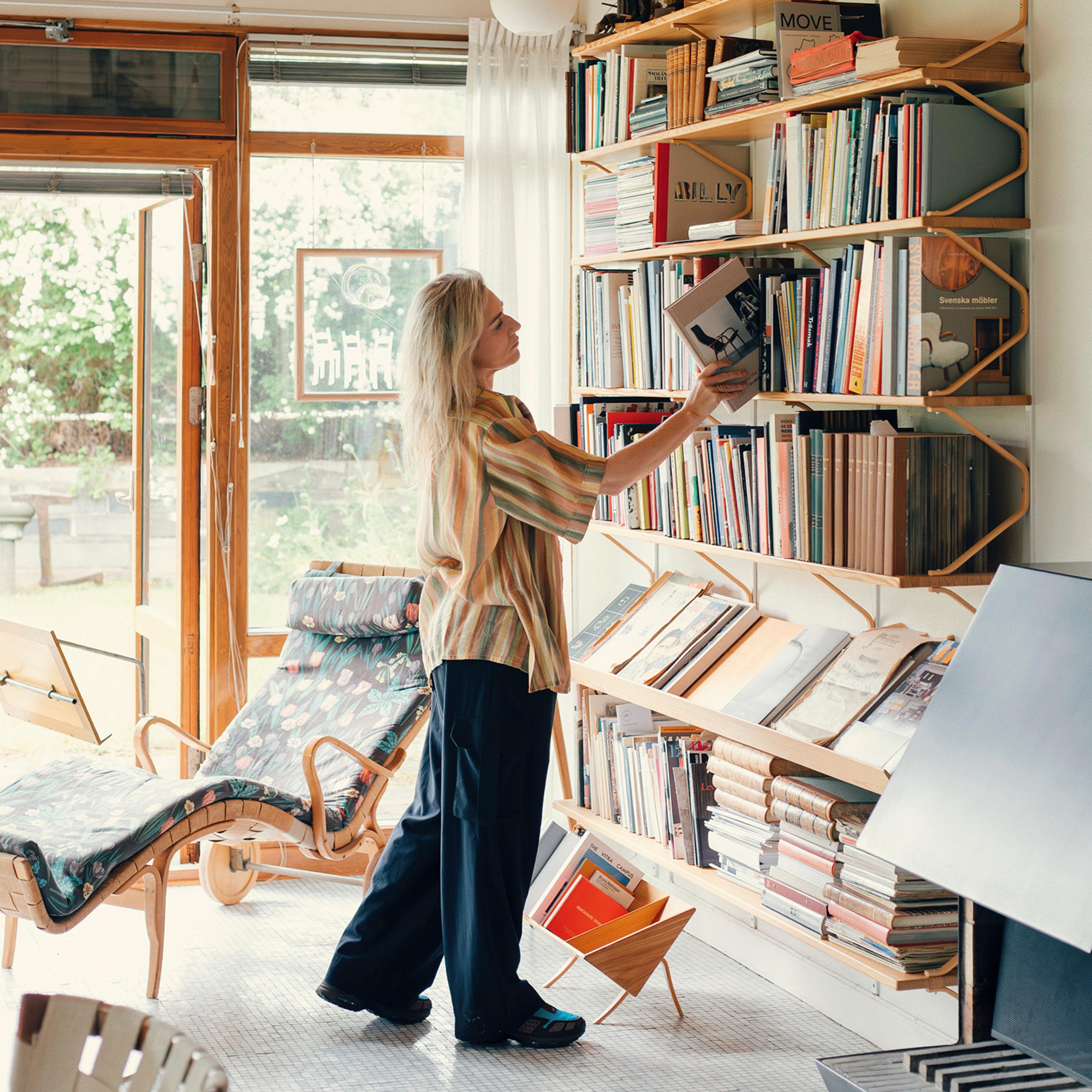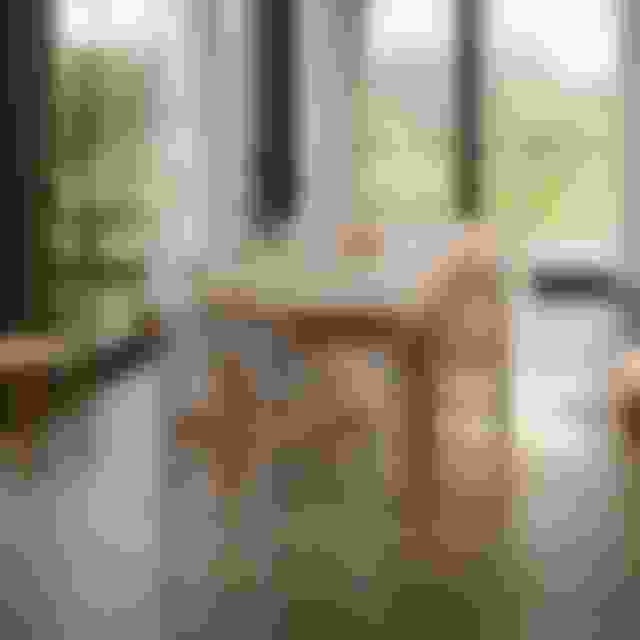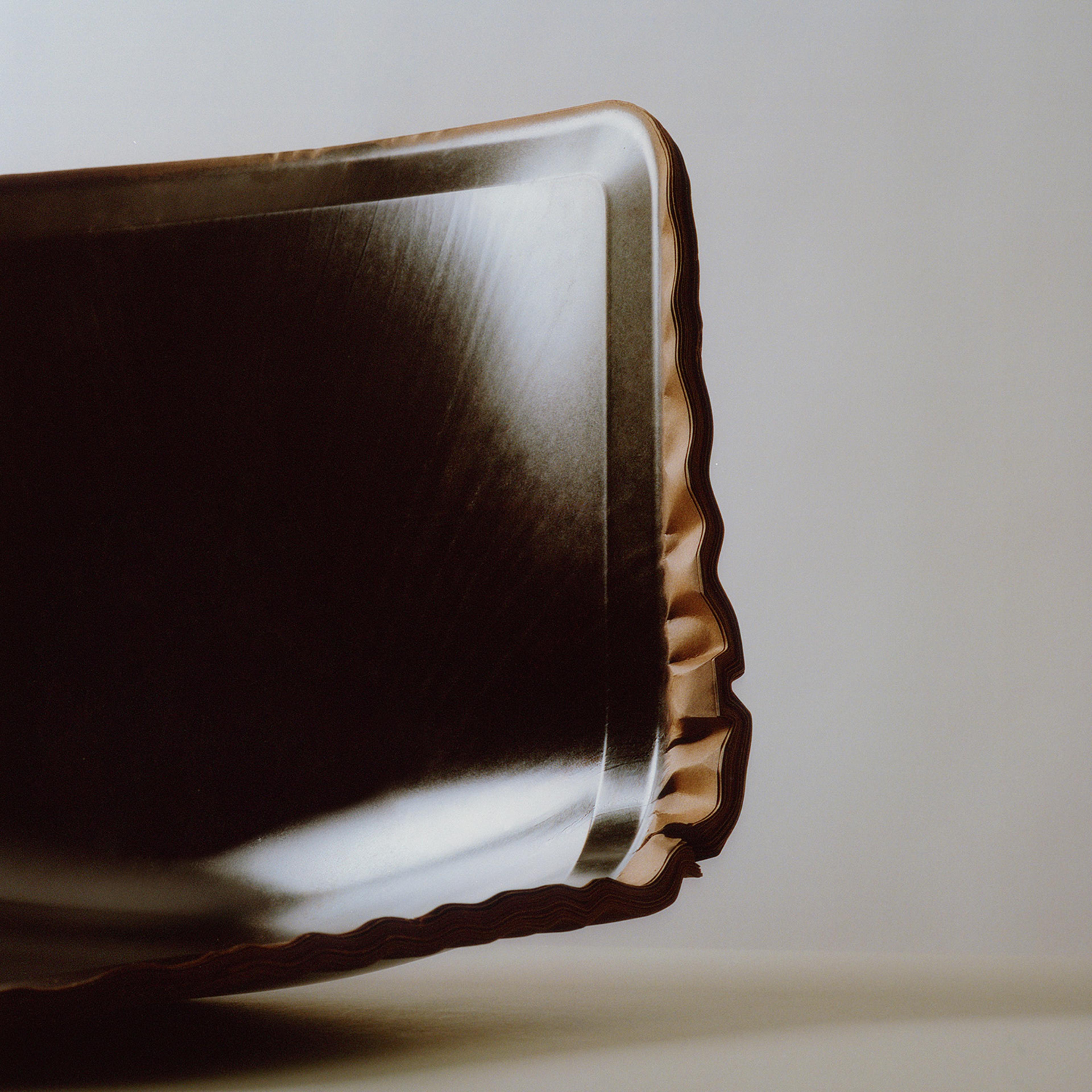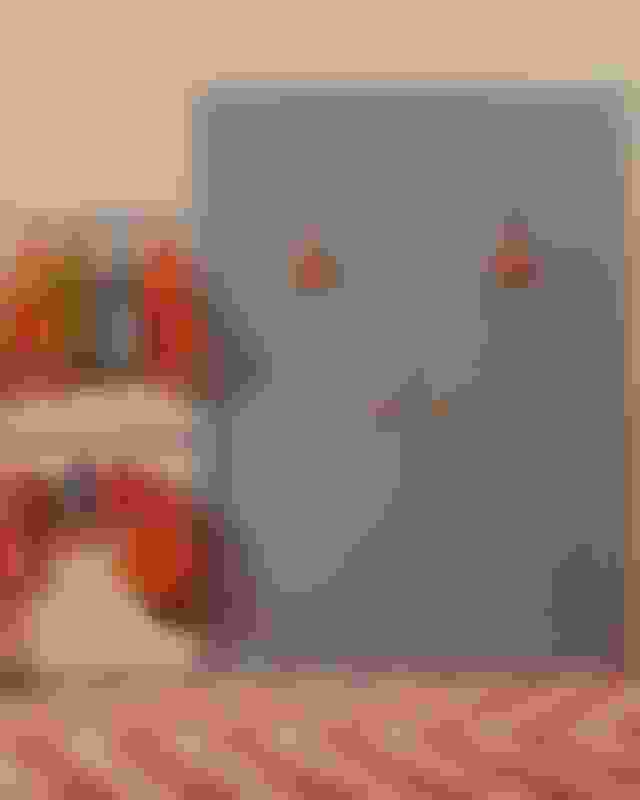A global citizen with impact and relevance
A conversation with Anderes Byriel, owner and CEO of Kvadrat.
With Kvadrat, the Byriel and Rasmussen families created a global textile company with deep roots in the Scandinavian design tradition and a link to international creative talent. Nanna Ditzel was Kvadrat’s very first designer, and her colourful and distinctive textile Hallingdal brought instant success. The popular upholstery fabric has sold over 6 million metres over the years and achieved iconic status thanks to its durability and lasting relevance.


“ I’m surprised that Nanna hasn’t become more widely known globally, and I wonder if it’s because she was a woman. Nanna significantly challenged the design scene; she was not afraid of free form and had her own unique vision. ”
Anders Byriel, owner and CEO of Kvadrat
FREDERICIA In 1965, Ditzel designed Kvadrat’s very first upholstery fabric, Hallingdal, still one of Kvadrat’s best sellers. How did it come about?
ANDERS In 1965, Nanna developed several textiles with the legendary businessman Percy von Halling-Koch, whom my father Poul Erik Byriel and Erling Rasmussen, the two founders of Kvadrat, had worked for at Unika Væv. In 1968, when Kvadrat was founded, Hallingdal became first textile and product ever. In this way, Nanna and Hallingdal are closely linked to the birth of Kvadrat and who we are as a company. My father also grew up in the furniture industry in the 1950s and 60s. Like Nanna, he found the industry and its approach very formal, very cautious and very controlled. In this sense, there was a rebellion to set things free through a radical way of looking at colour, which was an immediate success. We come out of 1968 and out of Nanna’s colour vision. Kvadrat is linked to pop art and what came after Danish modernism.
F What impact has Ditzel had on Kvadrat?
A Nanna had a significant impact on Kvadrat, our identity and our core idea. Ditzel, along with the artist, architect and designer Gunnar Aagaard Andersen, were the biggest influences on my father, who was the creative director of Kvadrat from its founding in 1968 until 2000. Nanna influenced how my father saw the world and colours. Hallingdal introduced bright, vibrant colours with an edge. This was challenging in its time and made Kvadrat known. The success was followed by numerous textile designs from Nanna’s hand over the years.
Nanna was a big personality and a good support in charting a clear course in the company. She was a true citizen of the world, interested in what was happening out there and part of the global design community. As a designer, she can be seen as the link between the mid-century and contemporary design scenes.
1 of 2
F Why is Ditzel still relevant today?
A Because Nanna’s values and thoughts on durability are eternal, Nanna created products with the intention of making them last a lifetime or as long as possible. We have experienced this with Hallingdal when we see products that come up at vintage auctions; the foam may have collapsed, and the furniture itself is worn, but the fabric still holds up 30-40 years later. You don’t see that, in the same way today in terms of quality.
In 2021, we relaunched Nanna’s textile, Sisu, which was found in our archives by Danish-Vietnamese artist Danh Vo, who is very interested in the question “where are the women in Danish design?”. Keen to adjust history, he searched for the female weavers. One of his findings was the Sisu textile from Ditzel’s studio, which he then used in his solo exhibition ‘Take My Breath Away’ at the National Gallery of Denmark in 2018. After this, based on Nanna’s colour scales, we interpreted and further developed Sisu with Vo, bringing the material back to life.
In 2012, we also relaunched Hallingdal in 58 colours, including 22 new shades in Nanna’s original swatches. We celebrated the relaunch with the ‘Hallingdal 65’ exhibition in Milan during Salone del Mobile, with 32 creative talents from around the world creating new designs in the iconic textile. The relaunches of both Sisu and Hallingdal emphasise that Nanna’s textile design and colour choices hold up and continue to be interesting.
You have wondered why Ditzel is not more widely recognised as one of Denmark’s key designers. I personally think Nanna is up there with the design masters, The Big Five. It is not only Børge Mogensen, Hans J. Wegner, Arne Jacobsen, Finn Juhl and Poul Kjærholm who should be honoured. I’m surprised that Nanna hasn’t become more widely known globally, and I wonder if it’s because she was a woman. Nanna significantly challenged the design scene; she was not afraid of free form and had her own unique vision. She makes me think of a designer like Charlotte Perriand, one of the most influential furniture designers of the early modern movement.
F What is your favourite object created by Nanna Ditzel?
A It’s the Butterfly Chair and everything that it represents. The best design is a design with an edge. It becomes sublime when it has that artistic element; this chair is a great example. We have a lot of Nanna’s furniture in our headquarters in Ebeltoft and have an actual Nanna Ditzel room where we have our art library.


Keep exploring
Dive into our universe of stories about Nanna Ditzel's life, her designs and the people who knew her.
1 of 4



















